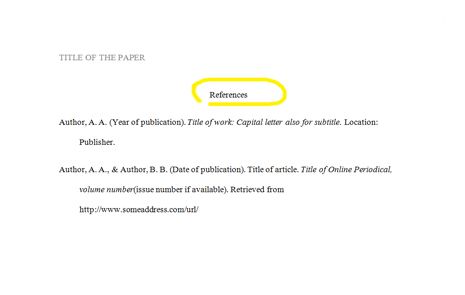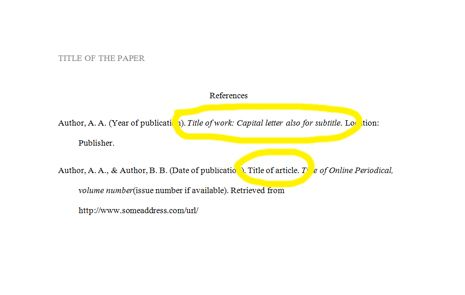How to Cite a Website
- 31 March 2019
- 887 words


Besides all the important aspects of formatting, referencing the used sources appeared to be one of the most important things to do. Even students in high school understand that borrowed ideas have to be cited properly with the list of the used sources at the end of the paper. However, it is never obvious on how the formatting has to be done without learning specific rules that must be followed. As a result, the APA reference page has unique guidelines on how to organize each source so that it adheres to all the norms of the American Psychological Association (APA).
The American Psychological Association (APA) styling technique or the APA format is one of the paper formats that students and other scholars use in academic essays, studies, or other types of papers. Because the APA format reference page is a compulsory component, knowledge regarding the development of correct in-text citations is not adequate to complete the APA style paper. In this case, people regulate a reference list that follows APA style citation by rules concerning general structure, presentation of the authors’ names, alphabetization, italicization, and capitalization.
Knowledge of how to organize the APA format reference page is important for people who work with academic papers. After finishing the writings, some scholars may face issues of how to organize the used sources in the text. In this case, if someone chooses the APA format, then this person must follow specific rules in organizing the reference page. In particular, people must know the main principles of the structure, cover authors’ names, and follow the rules of alphabetization, italicization, and capitalization.
.Some basic structure rules create uniformity in the APA format reference page. Firstly, the APA reference page begins on a separate page after the text of the essay body. People consider the reference list as an independent section of an essay, being on the new page. Secondly, the reference list must be titled, “References.” In this case, people must center the title on the page with no additional styling to its text. Thirdly, people follow the double-spaced interval for the entries in the APA citation format with no extra spaces between them. Also, spacing in the reference list should be identical. Finally, all entries are aligned to the left margin. However, the second and subsequent lines of each entry are indented by half an inch from the margin. The hanging indentation used for the entries is a non-alterable rule of the APA reference format.

The presentation of the authors’ names in the APA format reference page follows a specific style. For example, the names of the authors are usually inverted. In turn, writers present all other names except the last name by initials followed by a period. Also, they put the last name first. People separate the names by a comma. Besides the last name, an initial followed by a period replaces other names. If there are multiple initials, there is a single space between them. Then, the seventh author is the last one. If there are eight or more authors, scholars must list the names of the first six authors. Moreover, they place ellipses followed by the name of the last author. Hence, people follow the exclusion of some authors’ names to ensure consistency in referencing sources with multiple authors.
Scholars follow the alphabetic order in organizing the APA format reference page. Basically, they follow alphabetization for all entries by using the last name of the first author. In cases where the author is an organization, they should use the first word in the organization’s name during this process. If there is an author or a group of authors with multiple publications, writers must organize the citation entries in chronological order. In this case, it starts with the earliest publication date in the APA paper. All entries in the citation list are arranged systematically. Therefore, this arrangement technique facilitates the easy location of a source’s complete details regardless of the position of the in-text citation in the essay.
The use of italics in the APA format reference page varies depending on the nature of the work. For instance, the titles of long works are italicized, like journal and book titles. In turn, the italicization of longer works allows for the audience to quickly distinguish between short and long works. Also, the titles of short works do not undergo special formatting. In this case, people do not place it in quotation marks, underlined, or italicized in the APA format reference page.
People follow capitalization by specific styling rules in the APA format reference page. For example, people write the titles of all works in sentence case. It means that writers must capitalize only the first letter of the first word. Besides, they must use capital letters sparingly within the titles of sources. However, there are exceptions. Basically, students or other scholars can capitalize the word immediately after a colon or dash and proper nouns. It is worth noting that journal titles are not subjected to this restriction and written in the exact punctuation and capitalization that they are originally published.

Summing up, styling an APA format reference page requires a deep understanding of the rules. Besides, citing in APA format is not comprehensive because the discussed rules of the APA writing style only highlight the primary formatting requirements of the reference list.